We are not a fan of sensational headlines. But sometimes there is alarming information that is both sensational and true. Unfortunately, that’s what we have here. If you live in Pensacola, Florida, you need to know that your drinking water is substandard. And if I told you that in person, I would hope you would slap me across the face, because who uses the word “substandard” anyway. Let me fix it: your tap water is not safe to drink.
The Environmental Working Group (EWG) is often cited when claims about Pensacola’s tap water are made. This is understandable. In 2009, they published a 5-year-study that placed Pensacola dead last in municipal water quality in the United States.
The city of Pensacola understandably pushed back on this study. In a piece published 5-years-after the EWG claims, it was argued that water samples were disproportionately taken from Pensacola compared to other localities. In other words, the incidence rate in Pensacola seemed high, but only because EWG looked at so many samples there. In some large municipal areas, such as Atlanta, they did not receive adequate samples and so did not even include them in the rankings.
Let’s set this aside for a moment and consider that the EWG got it wrong with Pensacola. They didn’t make up the violations — those were real. But they unfairly highlighted the number of incidents in the Pensacola water supply compared to other municipal areas. Pensacola may not be dead last in the country. In fact, with recent drinking water catastrophes in places like Flint and Jackson, it is almost a certainty that Pensacola is not dead last.
But you are not here because you are concerned whether Pensacola is ranked dead last or 5th to last or 10th to last. You want to know if the drinking water is safe to drink. Period. So let’s forget about other urban areas and municipal water supplies and focus on the updated data for Pensacola.
What is safe drinking water?
Before we dig into it, let’s make sure we are on the same page. If the Environmental Protection Agency’s (EPA) definition of safe is the same as yours, you should probably head to another website. It has been nearly two decades since the EPA and the federal government have updated drinking water standards. Think about that. Twenty years ago, microplastics were not even on our radar and we never imagined that pharmaceuticals would be coming out of our taps. There is unfortunately a distinction between what is legal and what is safe. You would like to think the government is looking out for our health and well-being a bit more, but they are not.
Why the tap water in Pensacola is not safe to drink
All information and data we are going to consider here comes directly from the Emerald Coast Utilities Authority (ECUA). They are the ones supplying the water and if any of the data is manipulated, you would think it would be manipulated to improve the water quality and not degrade it.
Right there in their own material, ECUA admits that their aquifer is over-exposed to possible contaminants. Now perhaps ECUA is just doing an excellent job at filtering their water and canceling out this over-exposure. Wishful thinking, my friend. Let’s have a look at their numbers:
Your eyes are likely immediately drawn to the column of “no”s. This column is titled MCL (Maximum Contaminant Level) violation. Not a single violation. That’s good, right? It would be fantastic if the MCL standard measured safe exposure levels. It does not.
This is from EWG’s breakdown of the numbers. Their guideline is for no more than .004 ppb of arsenic. We agree with this guideline. We’ve written about arsenic and what it can do to your body. You don’t want this garbage in your water, even if it is just .111 ppb.
Across the board, Pensacola’s numbers eclipse the guidelines set forward by EWG. A reminder: the EWG guidelines are not unreasonable. They are not saying 0.0. They are allowing for minuscule amounts of harmful substances that just happen to be far more discriminating than the government thresholds.
There’s something else that bothers me with the Pensacola numbers from the ECUA. Have a look at the Radium reading:
Asterisks are never good when it comes to contaminants and drinking water. You certainly do not want to see two asterisks next to a substance that is radioactive. What do we see in the small print towards the bottom of the page? **Compliance is based on an average of 4 calendar quarters. What? This means that it is possible that in one or more quarters, the municipal water supply was not in compliance with the already lax Radium standard. What the ECUA is saying is that as long as the average over 4 quarters meets compliance, they are in the clear. Folks, this is not what you want to hear.
What Should You Do About Your Drinking Water if You Live in Pensacola?
Step one is to stop drinking the tap water unless you have a robust filtration system. We would suggest a whole house reverse osmosis system if possible. If this is out of your price range right now, start with an effective pitcher filter (at the very least). We just wrote about this pitcher filter from LifeStraw that is excellent. It is a glass pitcher and one of very few filters that will remove microplastics, microorganisms and all manner of contaminants.
What about spring access in Pensacola, Florida? Despite the proliferation of springs in Florida, the nearest spring is about 90 miles away from Pensacola. Have a look at findaspring.com. That might be an inconvenient drive for most people.
Unfortunately, this appears to be the closest spring. Please let us know in the comments if there is another source that is closer.
At the end of the day, if you live in Pensacola, all is not lost. But you do need to make an investment in your water supply. Pensacola may not have the worst drinking water in the country. But it is a far cry from the water that you would want to be putting into your body every day.
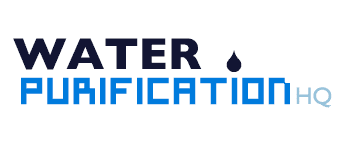
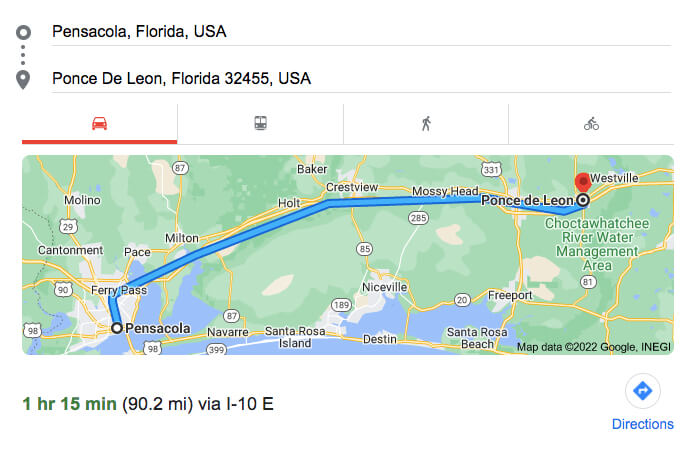
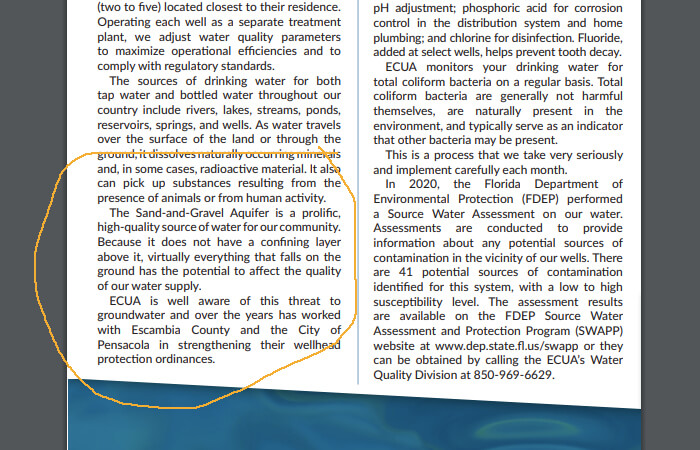
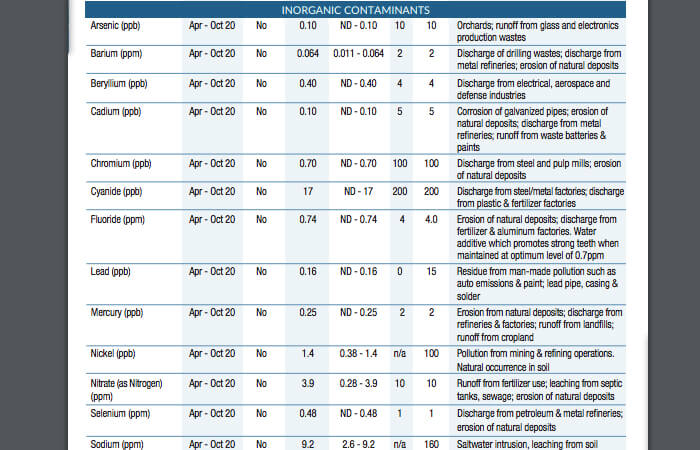
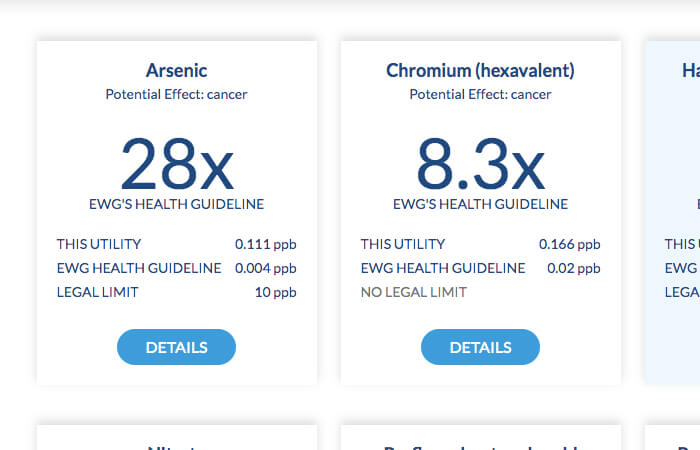
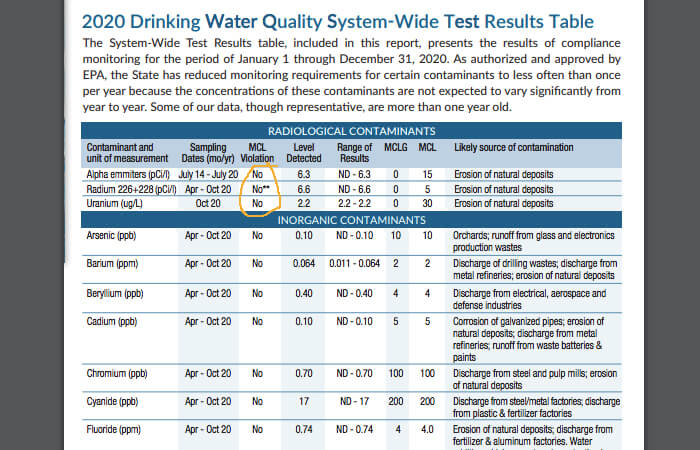





{ 0 comments… add one }